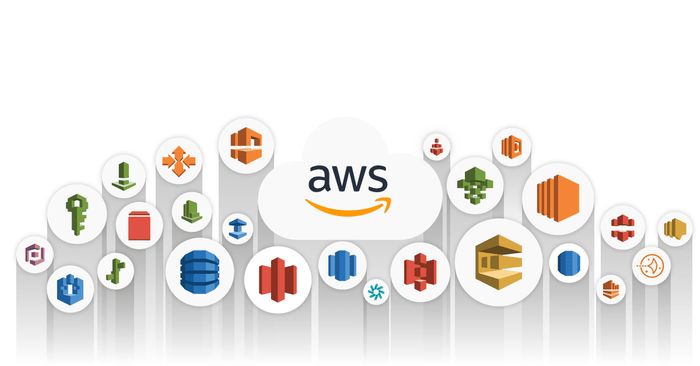
Amazon Web Services (AWS) Advanced course un professionals ke liye design kiya gaya hai jo cloud computing ki advanced services aur enterprise-level architectures par mastery hasil karna chahte hain. Isme students high availability, scalability, security, aur automation ke through cloud solutions design aur implement karna seekhenge.
What you will learn
-
Advanced AWS architecture design principles
-
High availability & fault-tolerant systems
-
Advanced networking (VPC peering, Direct Connect, Transit Gateway)
-
Security services: IAM policies, KMS, WAF, Shield
-
Automation with CloudFormation & Terraform
-
Containers and serverless computing (EKS, ECS, Lambda)
-
Big Data & AI/ML solutions in AWS (Athena, SageMaker)
-
Cost optimization & monitoring with CloudWatch and Trusted Advisor
Skills you'll gain
-
Designing enterprise-level cloud architectures
-
Implementing secure & scalable applications on AWS
-
Automating infrastructure provisioning
-
Managing hybrid cloud environments
-
Advanced DevOps integration with AWS services
-
Cloud cost governance & compliance strategies
Pre-requisite
-
Basic AWS knowledge (EC2, S3, IAM, RDS, etc.)
-
Familiarity with networking and security concepts
-
Understanding of cloud computing fundamentals
Certificate
Add this credential to your LinkedIn profile, resume, or CV. Share it on social media and in your performance review. It is a proof for an employer, school, or other institution that you have successfully completed an online course.
Career Paths after Completing This Course
-
Cloud Solutions Architect
-
AWS DevOps Engineer
-
Cloud Security Specialist
-
Cloud Infrastructure Engineer
-
Data & AI Solutions Architect
-
Enterprise IT Consultant
- Teacher: Muhammad Kamran Azeem

